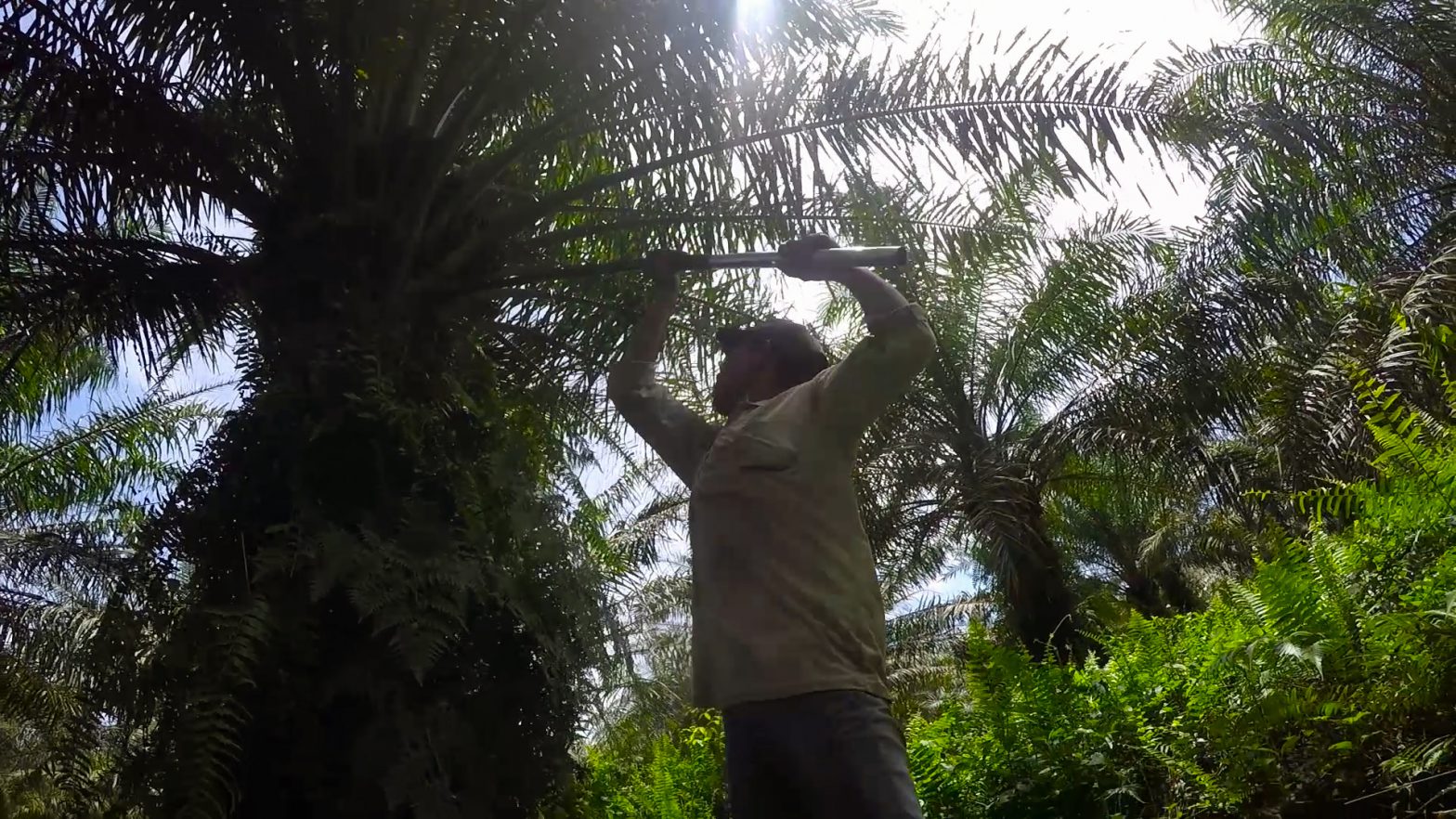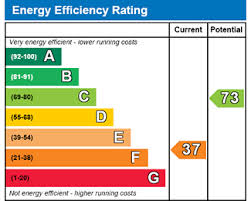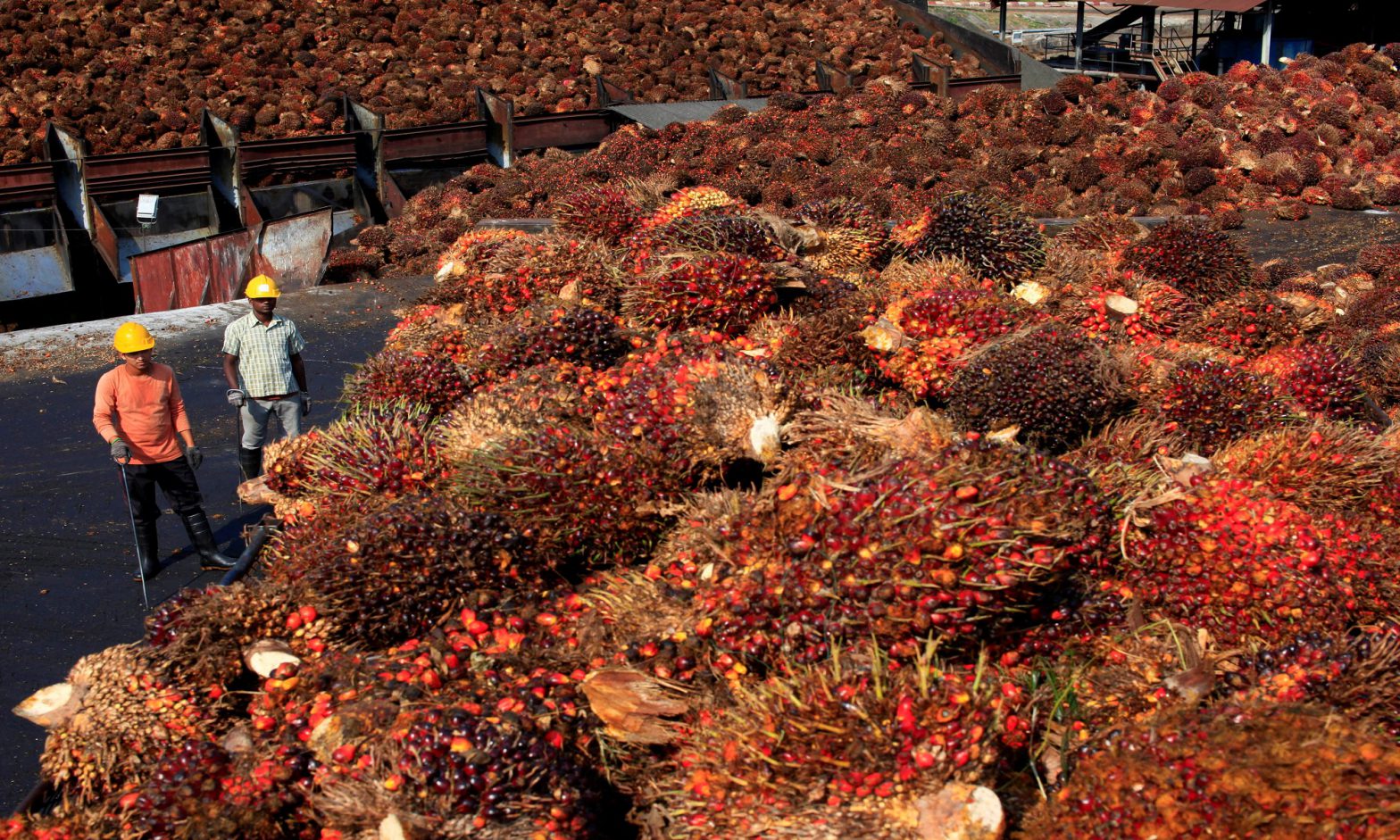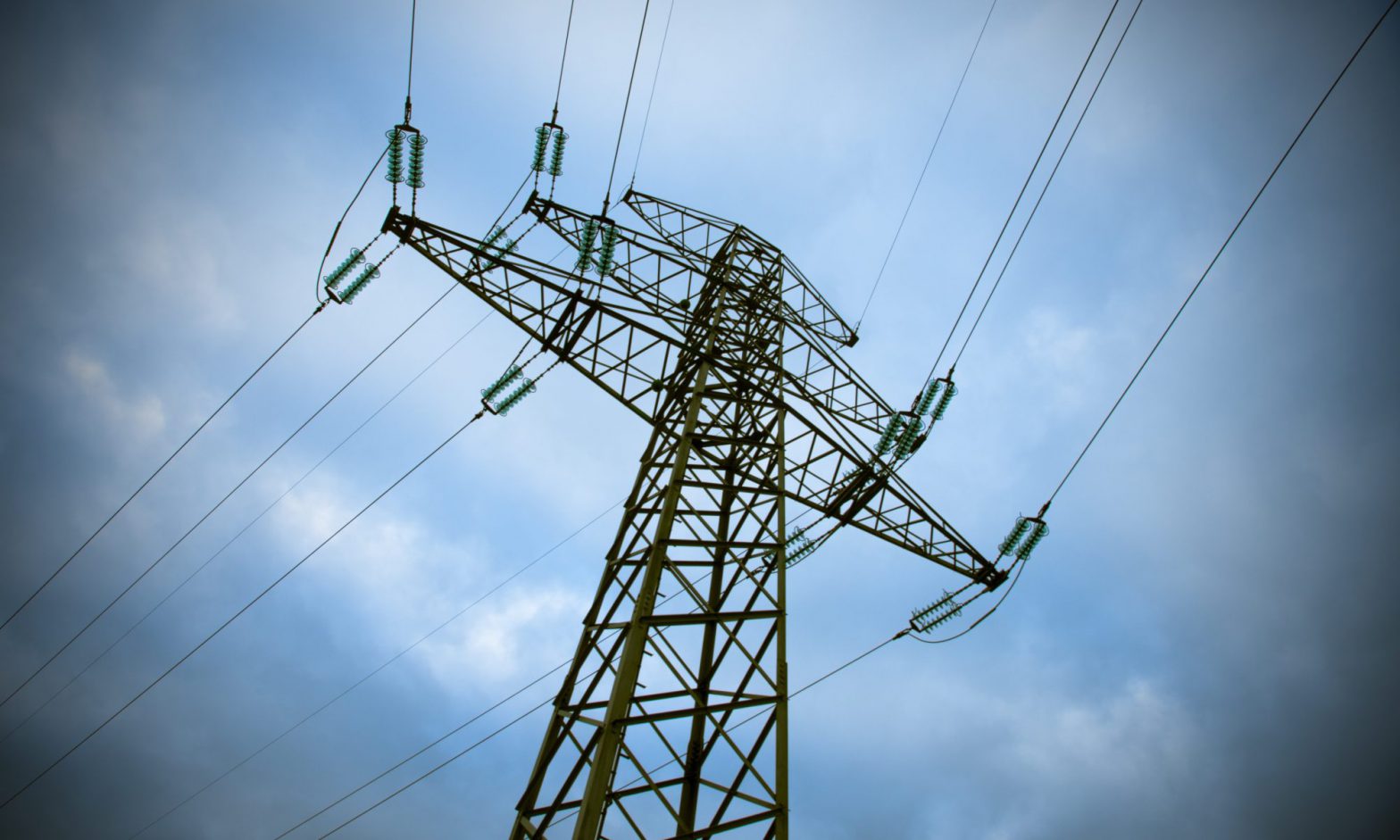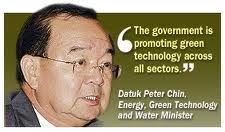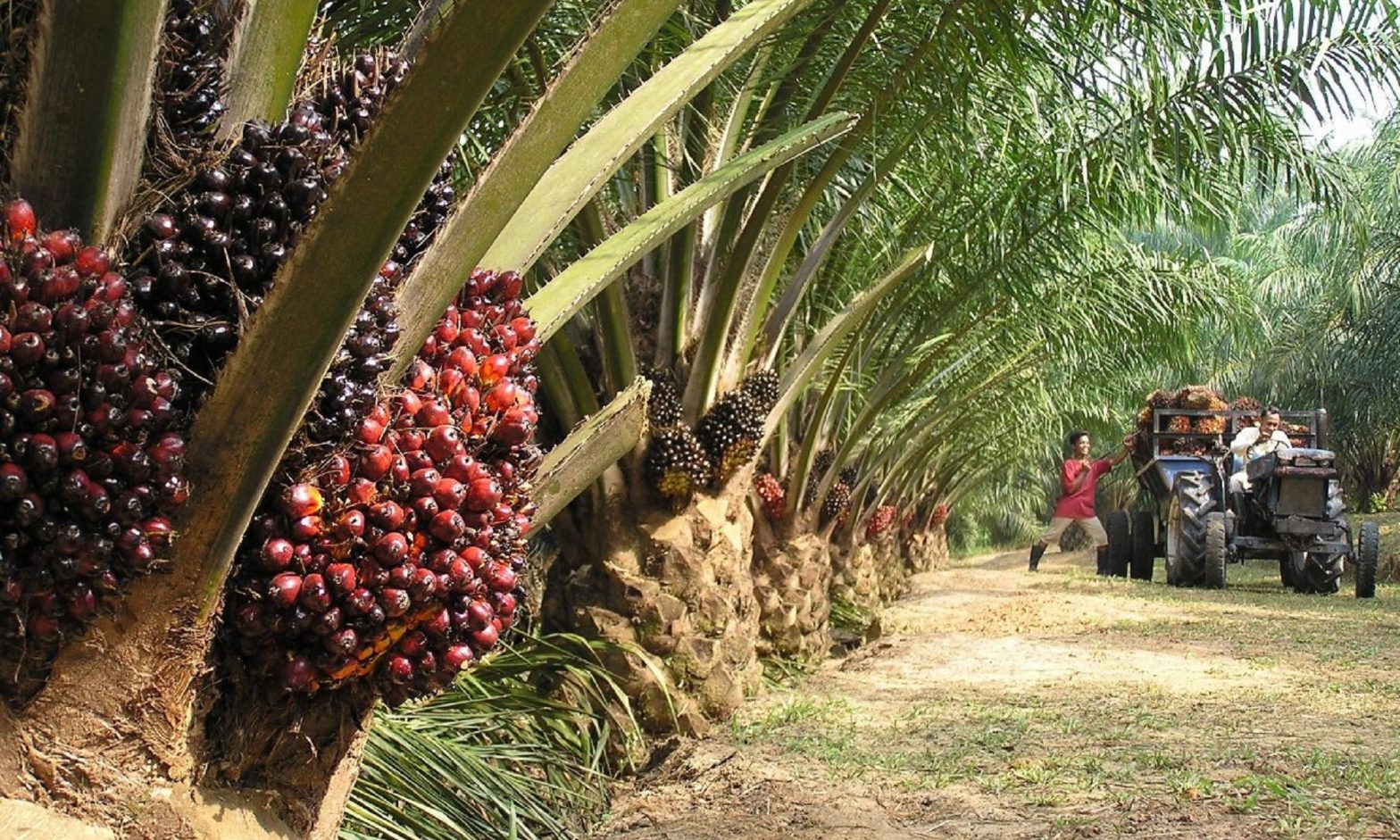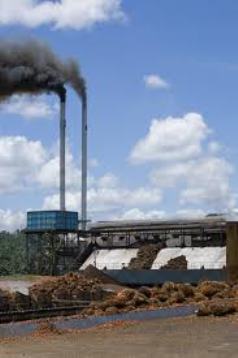Palm oil mills can unleash renewable energy at enormously high energy efficiency levels arising from the unique characteristics of their operating parameters.
Palm oil mills are in an enviable position to harness increased quantities of renewable energy at very high efficiencies, the potential of which remains largely unrealised.
At the moment, palm oil mills tend to focus on milling operations. They are predominantly concerned with the core business revolving around the processing of fresh fruit bunches (FFB) and oil extraction rates. However, a new premise envisions mills operating as centres of energy efficiency.
The bulk of the FFB mass from the field transported to the mill for processing is discharged as biomass residue. Of this residue, the energy content of the mesocarp fibre and palm kernel shells are being used in inefficient ways to provide the energy needs of the mill. In actual fact, palm oil mills can unleash renewable energy at enormously high energy efficiency levels arising from the unique characteristics of their operating parameters.

